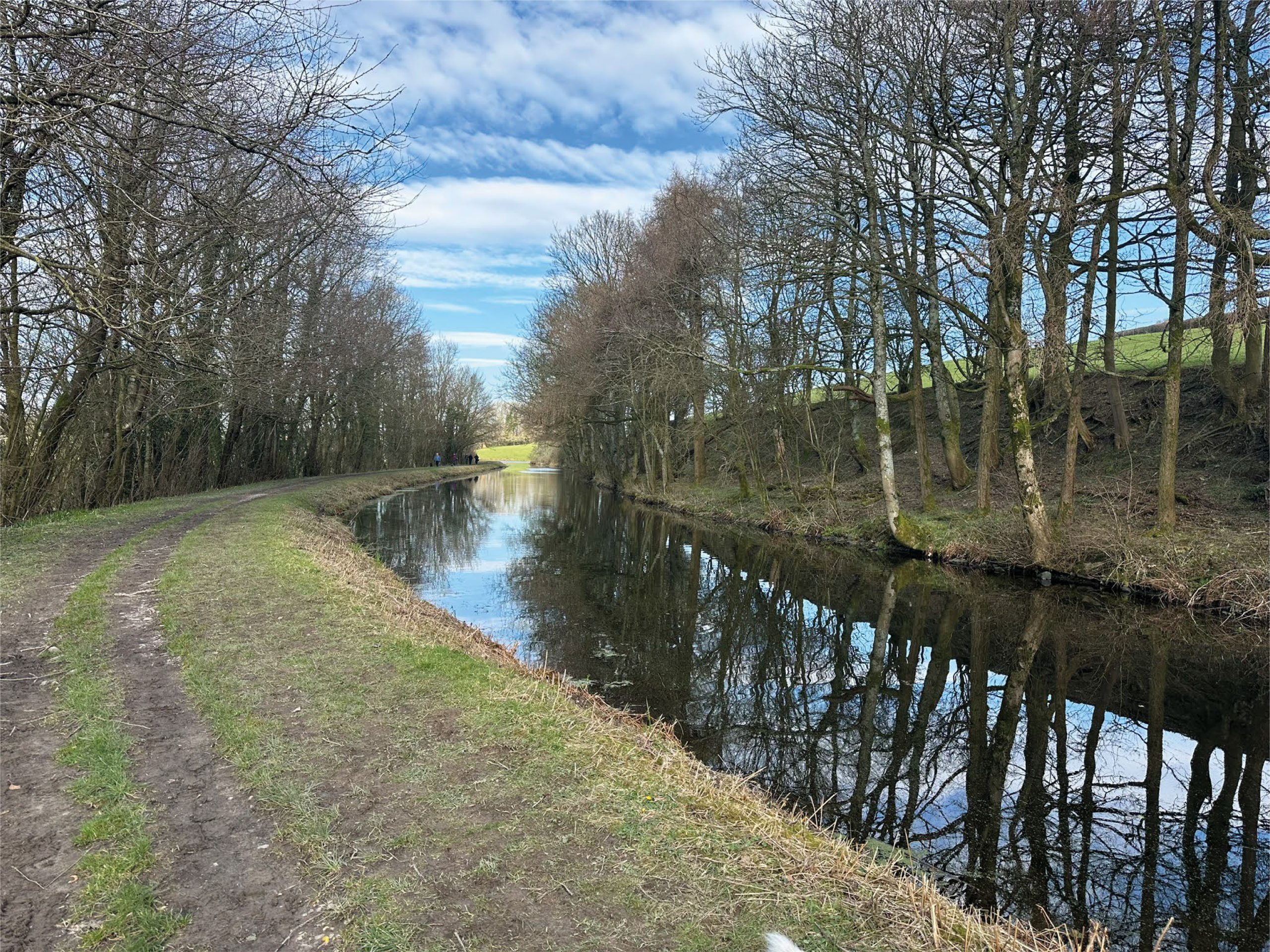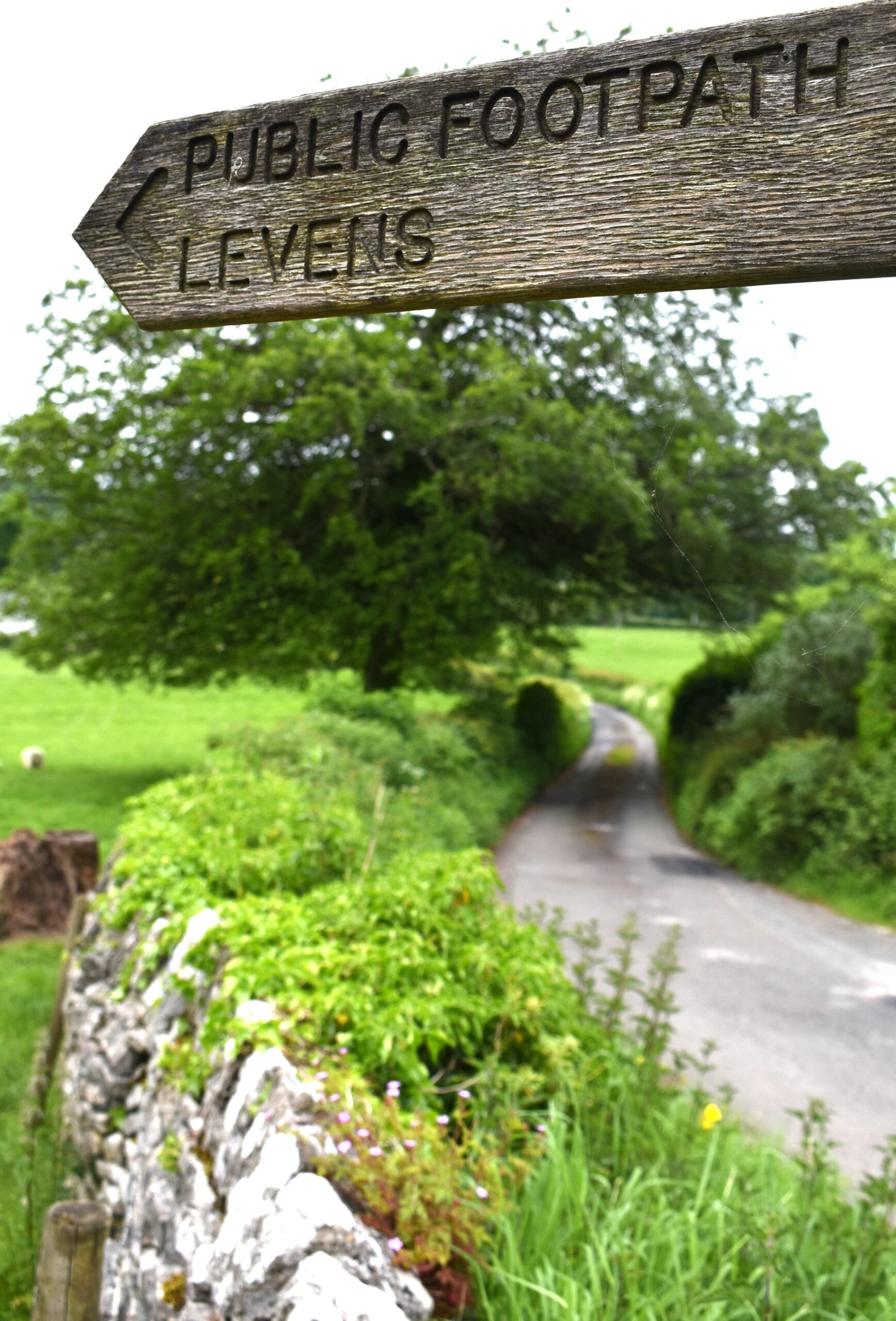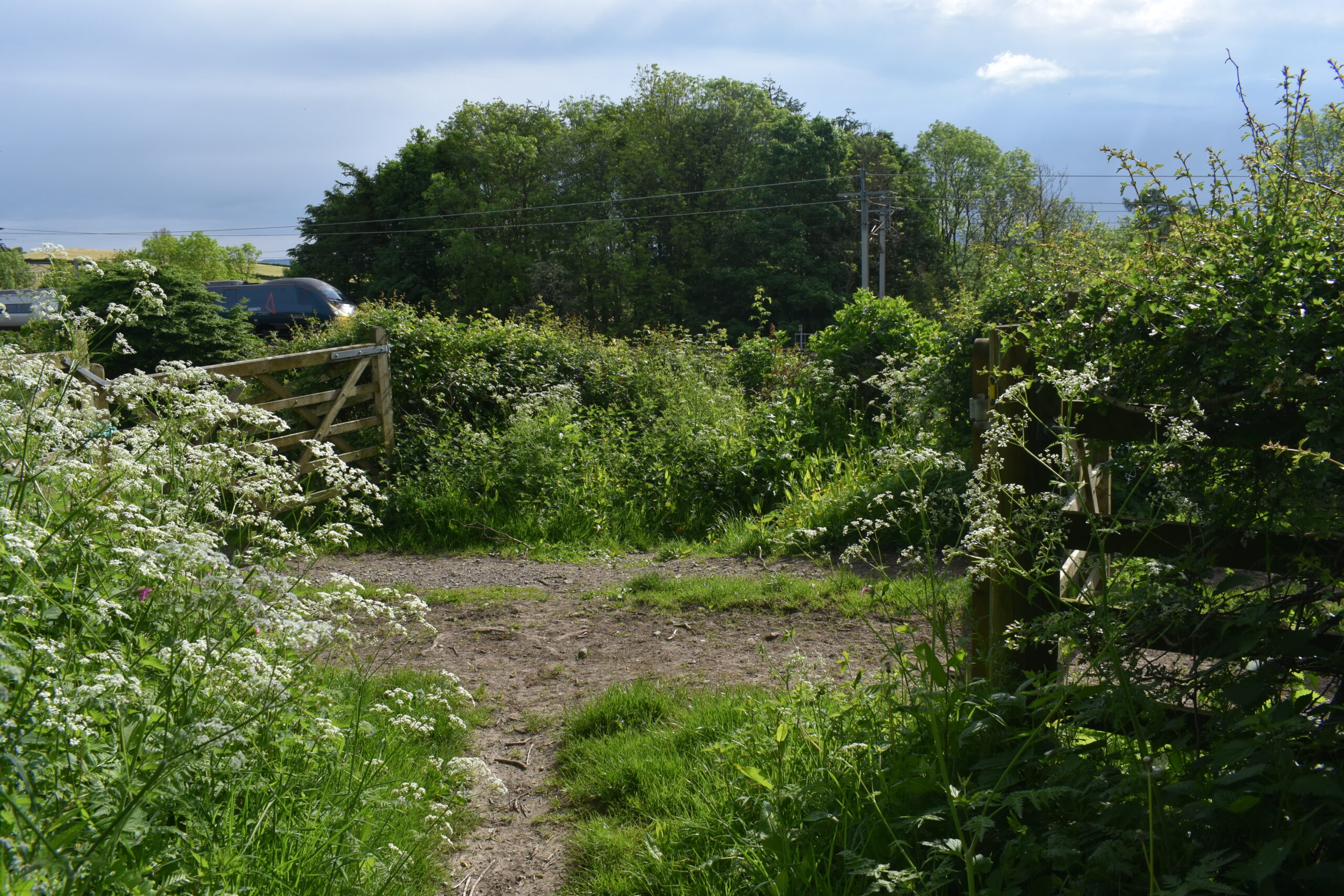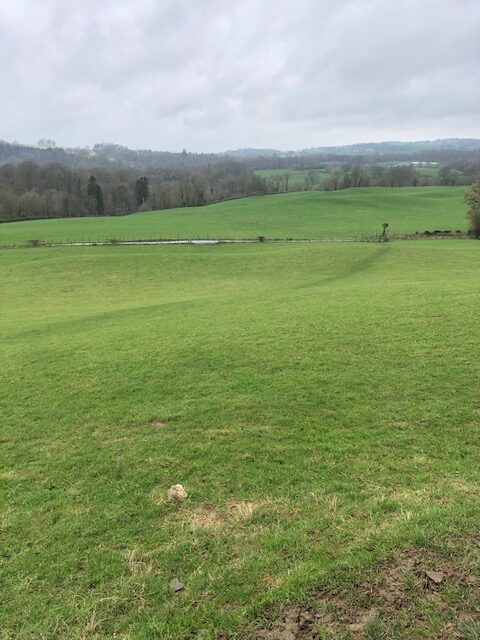Appreciate It
The Towpath Trail is a beautifully diverse blue and green corridor between Kendal and Lancaster and we are dedicated to keeping it that way!
Countryside Code
Help us to maintain, respect and appreciate the biodiversity of the Towpath Trail by following the Countryside Code
Respect
- Be prepared and take litter home with you. There aren’t many bins on the Towpath Trail
- Always bag dog poo to either bin or take home with you.
- Leave gates as you find them. Please always close all gates behind you.
- The Towpath Trail can be narrow in places, share the space respectfully by following The Towpath Code.
Protect
To avoid disturbing habitats, please ensure that you;
- Keep dogs under close control.
- Follow the signs and stick to the main paths.
- Don’t light fires or BBQ’s.
Enjoy
- By following the Towpath code the Towpath Trail will be more enjoyable for all
- Help us to record the returning Wildflowers in the Crooklands area via the ‘Wildflower Wander’ spotter sheet. Click here to download.
In 2021 Kerry Milligan and Dave Preston conducted an Ecological Survey for the Lancaster Canal Trust which highlighted multiple Towpath Trail habitats referenced below. If you are walking, cycling or paddling, slow down to appreciate and notice the following biodiversity gifts;
Lowland Mixed Woodland

Lowland Mixed Woodland
There are many small pockets of woodland and clusters of trees along the Towpath Trail, often made up of mature native broadleaf species common to the area and rich with ground flora - a true asset to the Towpath Trail.
These habitats have been established over a long period of time and are very hard to recreate. As the Towpath Trail develops, great care will be taken to minimise disturbance to mixed woodlands.
Hedges

Hedges
Across Britain species rich hedgerows are a priority habitat and we’re delighted to have many on the Towpath Trail. Home to many priority species such as Tree Sparrows and Bullfinches, hedges provide nesting, nesting material, shelter and winter fruit and berries for both local residents and migrating birds. Hedges will be protected as the Towpath Trail develops.
Scrub

Scrub
Most people would associate a scrub habitat with Hawthorn, Bramble and Wild Raspberries but it's also a refuge for wildlife because it creates a physical barrier from humans and predators. Scrub habitats also support water quality by creating a buffer from agricultural pollutants. Together with partners the Towpath Trail will support scrub habitats where possible.
Grasslands

Grasslands
The verges of the Towpath Trail are often rich with native wildflowers providing nectar, pollen and food for invertebrates and an attractive display of flowers for all. Where possible the Towpath Trail will influence partners to manage grasslands in a balanced way, allowing safe public access and enhancing habitats via considered cutting schedules and the avoidance of pesticides.
For more species and habitat info go to the Lancaster Canal Trust website and follow the news page as we progress Biodiversity projects on the Towpath Trail.

